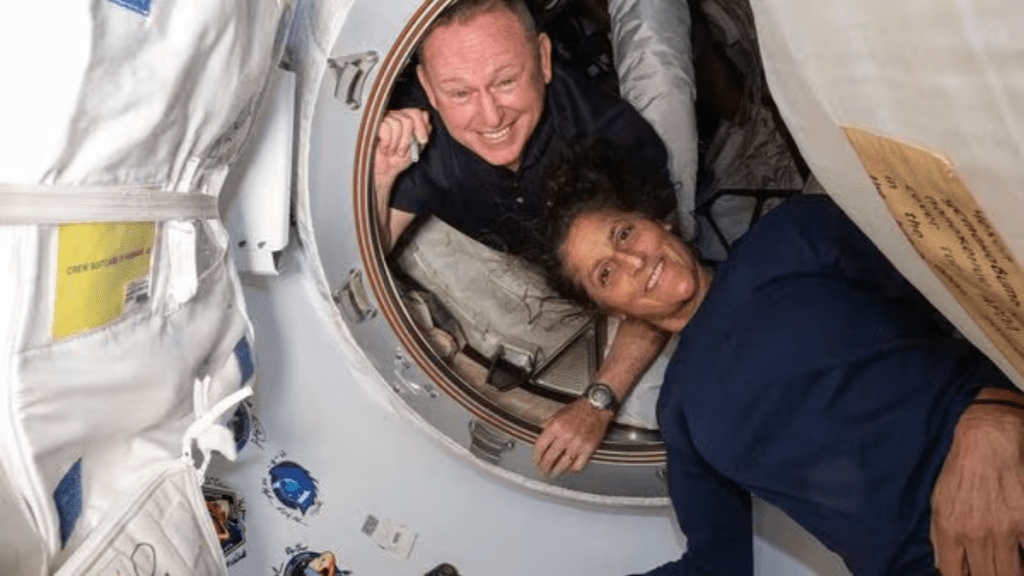The tragic death of Indian-American astronaut Kalpana Chawla, along with six other crew members, on February 1, 2003, when the space shuttle Columbia disintegrated during re-entry, played a significant role in NASA’s decision to keep another Indian-American astronaut, Sunita Williams, in space for eight months.
This decision reflects the agency’s heightened focus on safety following past incidents, including the space shuttle Challenger disaster on January 28, 1986, which resulted in the deaths of all crew members. In total, 14 astronauts lost their lives in these two accidents.
NASA Administrator Bill Nelson, himself an astronaut who investigated these accidents, acknowledged that the incidents “very much affected the decision” to bring the Boeing Starliner spacecraft back to Earth without astronauts. He admitted that NASA had made “obvious mistakes” in the past, particularly regarding a culture that previously discouraged junior flight engineers from speaking up about risks. “Today, folks are encouraged to speak their minds,” Nelson added.
Kalpana Chawla’s death occurred over southern U.S. skies, just 16 minutes before Columbia’s scheduled landing. A graduate of Tagore School in Haryana’s Karnal and Punjab Engineering College, she joined NASA as an astronaut in 1994 after furthering her education in the United States.
In light of recent concerns raised by engineers about the Boeing Starliner spacecraft, NASA decided to bring astronauts Sunita Williams and Butch Wilmore back to Earth in February 2025 using the SpaceX Crew Dragon instead. This decision was “unanimous,” according to NASA officials, and stems from the agency’s commitment to safety, which Nelson described as “our core value and our North Star.”
On June 6, space engineers discovered helium leaks and issues with the spacecraft’s small rockets as Starliner approached the International Space Station (ISS). NASA concluded that the “uncertainty and lack of expert concurrence” with the spacecraft’s condition did not meet the agency’s stringent safety and performance standards for human spaceflight.
As a result, NASA announced plans to bring Boeing’s Starliner back to Earth without crew by September 6, with the return journey expected to take six hours. This will be the spacecraft’s third uncrewed mission, and Boeing is hopeful for its safe return.

